October 10 stands as one of history’s most eventful days, witnessing the rise and fall of empires, groundbreaking discoveries, and moments that shaped our modern world across centuries of human achievement.

Politics and Government Events on October 10
1911 – Wuchang Uprising Begins Against Chinese Monarchy
The day after a bomb exploded prematurely, the Wuchang Uprising erupted against the Chinese monarchy. Revolutionary forces launched coordinated attacks across multiple cities, challenging centuries of imperial rule.
This pivotal moment ignited the broader Chinese Revolution that would ultimately topple the Qing Dynasty. The uprising established the foundation for modern republican government in China.
1928 – Chiang Kai-shek Becomes Chairman of Republic of China

Chiang Kai-shek ascended to the chairmanship of the Republic of China, consolidating Nationalist power. His leadership marked a new era in Chinese politics following years of revolutionary upheaval.
The appointment strengthened the Kuomintang’s control over the Chinese government. Chiang’s rise would define Chinese politics for decades to come.
1935 – Greek Coup d’État Ends Second Hellenic Republic
A military coup d’état in Greece brought the Second Hellenic Republic to an abrupt end. Armed forces seized control of government buildings and arrested republican leaders throughout Athens.
The coup paved the way for the restoration of the Greek monarchy. Political instability continued to plague the nation as democratic institutions crumbled.
1945 – Double Tenth Agreement Signed for China’s Future

The Communist Party and the Kuomintang signed the Double Tenth Agreement regarding China’s political future. Both parties committed to cooperation and democratic governance in post-war China.
The agreement represented a brief moment of unity between rival political factions. However, the fragile peace would soon collapse into civil war.
1973 – Vice President Spiro Agnew Resigns Over Tax Evasion

U.S. Vice President Spiro Agnew resigned from office after being charged with federal income tax evasion. The scandal rocked the Nixon administration already struggling with Watergate investigations.
Agnew’s resignation marked the first time a sitting Vice President had stepped down due to criminal charges. The event deepened America’s constitutional crisis during the early 1970s.
1970 – Fiji Gains Independence from Britain
Fiji achieved independence from the United Kingdom, ending decades of colonial rule. The Pacific island nation celebrated as the Union Jack was lowered for the final time.
Prime Minister Ratu Sir Kamisese Mara led the new nation into the international community. Independence marked the beginning of Fiji’s modern political development.
2010 – Netherlands Antilles Dissolved as Country
The Netherlands Antilles ceased to exist as a unified country after constitutional restructuring. The Caribbean territory was divided into separate autonomous regions under Dutch sovereignty.
The dissolution reflected decades of political negotiations between the islands and the Netherlands. Each territory gained greater control over its internal affairs.
Military and Naval History on October 10
1918 – RMS Leinster Torpedoed with 564 Lives Lost
German submarine UB-123 torpedoed and sank the RMS Leinster in the Irish Sea. The attack killed 564 people, marking the largest loss of life in Irish Sea history.
The sinking occurred just weeks before the Armistice ended World War I. The tragedy demonstrated the continued danger of submarine warfare even as the war neared its conclusion.
1980 – US Navy Intercepts Egyptian Airliner After Hijacking

US Navy aircraft intercepted an Egyptian airliner carrying the perpetrators of the Achille Lauro hijacking. The dramatic mid-air interception forced the plane to land in Italy for prosecution.
The operation demonstrated American resolve in combating international terrorism. The successful interception marked a significant victory in counter-terrorism efforts.
1954 – Jebel Akhdar War Begins in Oman
The Minister of Foreign Affairs of the Sultanate of Muscat ordered forces to penetrate Fahud territory. This signal marked the beginning of the Jebel Akhdar War in Oman.
The conflict arose from disputes over oil exploration rights and territorial control. The war would continue for several years, reshaping regional power dynamics.
2002 – Congress Approves Iraq War Authorization
The United States Congress approved the Authorization for Use of Military Force Against Iraq Resolution. The vote granted President Bush broad powers to use military force against Iraq.
The authorization paved the way for the 2003 invasion of Iraq. The resolution would have profound consequences for Middle Eastern geopolitics.
Science and Discovery Milestones on October 10
1957 – Windscale Fire Causes Britain’s Worst Nuclear Accident

The Windscale nuclear reactor caught fire, creating Britain’s worst nuclear accident. Radioactive materials escaped into the atmosphere, contaminating surrounding areas.
The disaster highlighted the dangers of early nuclear technology and inadequate safety protocols. The incident forced major improvements in nuclear reactor design and safety procedures.
1967 – Outer Space Treaty Comes Into Force
The Outer Space Treaty officially entered into force, governing international space activities. The treaty established principles for peaceful space exploration and prohibited weapons of mass destruction in space.
The agreement represented unprecedented international cooperation during the Cold War. The treaty continues to serve as the foundation for modern space law.
1979 – Olkiluoto Nuclear Power Plant Begins Operations

The Olkiluoto Nuclear Power Plant commenced operations in Finland, marking a milestone in nuclear energy development. The facility represented advanced nuclear technology and safety systems.
The plant became a cornerstone of Finland’s energy independence strategy. Olkiluoto would later expand to become one of Europe’s largest nuclear facilities.
2007 – First Malaysian Astronaut Reaches Space

Sheikh Muszaphar Shukor became the first Malaysian in space aboard Soyuz TMA-11. His mission to the International Space Station represented a historic achievement for Malaysia’s space program.
The flight demonstrated Malaysia’s growing technological capabilities and international partnerships. Shukor’s journey inspired a new generation of Malaysian scientists and engineers.
Cultural and Arts Events on October 10
1969 – King Crimson Releases Debut Album

King Crimson released their groundbreaking debut album “In the Court of the Crimson King.” The progressive rock masterpiece revolutionized popular music with its complex compositions and innovative sound.
The album established progressive rock as a major musical genre and influenced countless musicians. Its experimental approach challenged traditional rock conventions and expanded musical possibilities.
1964 – Tokyo Olympics First Broadcast Live by Satellite
The Tokyo Summer Olympics opening ceremony became the first to be broadcast live worldwide via satellite. The technological achievement connected global audiences to the Olympic spectacle in real-time.
The satellite broadcast demonstrated the power of modern communications technology. The event marked the beginning of truly global television coverage of major sporting events.
Religious and Social Events on October 10
1903 – Women’s Social and Political Union Founded
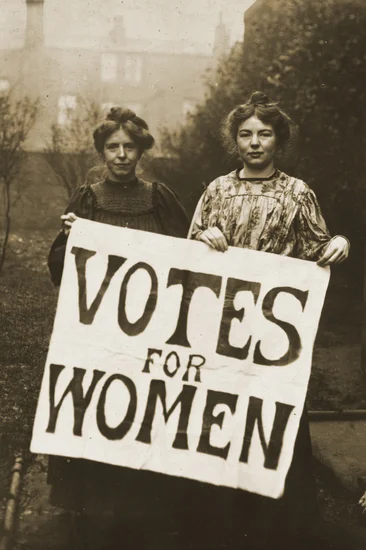
The Women’s Social and Political Union was established to support British women’s suffrage. The organization pioneered militant tactics in the fight for women’s voting rights.
The union’s formation marked a new phase in the women’s suffrage movement. Their aggressive campaigns would eventually contribute to women gaining the right to vote.
1957 – Eisenhower Apologizes for Restaurant Discrimination
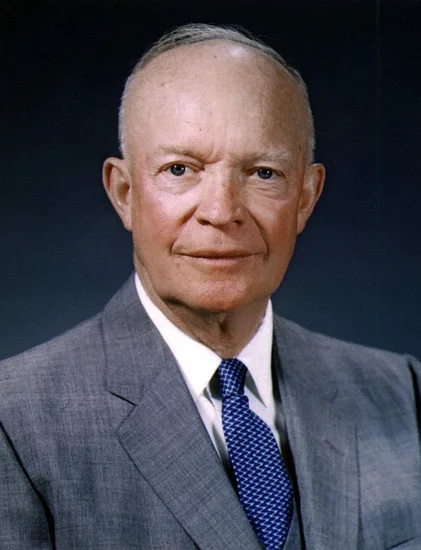
President Dwight D. Eisenhower personally apologized to Ghanaian finance minister Komla Agbeli Gbedemah after he was refused service at a Delaware restaurant. The incident highlighted ongoing racial discrimination in America.
The presidential apology demonstrated the international embarrassment caused by segregation policies. The event contributed to growing pressure for civil rights legislation.
1970 – Quebec October Crisis Escalates with Kidnapping
Canada’s October Crisis intensified when Quebec Vice Premier Pierre Laporte was kidnapped by Front de libération du Québec members. The dramatic escalation shocked the nation and tested Canadian democracy.
The kidnapping prompted unprecedented security measures and the invocation of the War Measures Act. The crisis represented the most serious domestic security threat in modern Canadian history.
Business and Economic Events on October 10
2022 – Nobel Prize in Economics Awarded for Banking Research

Ben S. Bernanke, Douglas W. Diamond, and Philip H. Dybvig were jointly awarded the Nobel Memorial Prize in Economic Sciences. Their research on banks and financial crises provided crucial insights into economic stability.
The award recognized decades of groundbreaking research into banking systems and financial markets. Their work helped explain the relationship between banks and economic crises.
1913 – Adolphus Busch Dies, Brewing Empire Founder
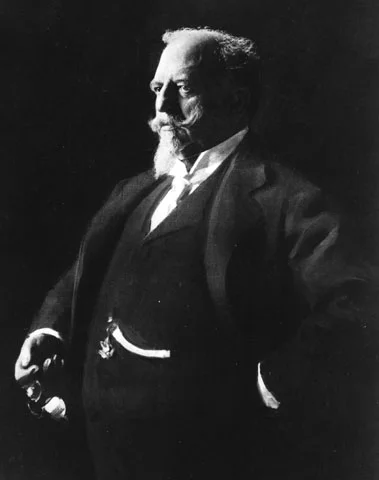
Adolphus Busch, German-American brewer and co-founder of Anheuser-Busch, passed away. His innovative brewing techniques and business acumen built one of America’s largest brewing empires.
Busch revolutionized American beer production through pasteurization and refrigerated transportation. His company became a cornerstone of American brewing industry.
1963 – France Cedes Bizerte Naval Base to Tunisia
France transferred control of the strategic Bizerte naval base to Tunisia, ending colonial military presence. The handover marked Tunisia’s complete sovereignty over its territory.
The base transfer represented the final step in Tunisian independence from French colonial rule. The event demonstrated France’s gradual withdrawal from North African territories.
Transportation and Infrastructure on October 10
1913 – Panama Canal Construction Completed

President Woodrow Wilson triggered the explosion of the Gamboa Dike, completing major construction on the Panama Canal. The ceremonial blast marked the culmination of one of history’s greatest engineering projects.
The canal’s completion revolutionized global maritime transportation and trade routes. The engineering marvel connected the Atlantic and Pacific oceans, transforming international commerce.
1933 – First Proven Commercial Aviation Sabotage
A United Airlines Boeing 247 was destroyed by sabotage, marking the first proven case of commercial aviation sabotage. The incident shocked the aviation industry and prompted new security measures.
The bombing highlighted the vulnerability of commercial aircraft to criminal attacks. The tragedy led to the development of early aviation security protocols.
1997 – Austral Líneas Aéreas Flight 2553 Crashes in Uruguay
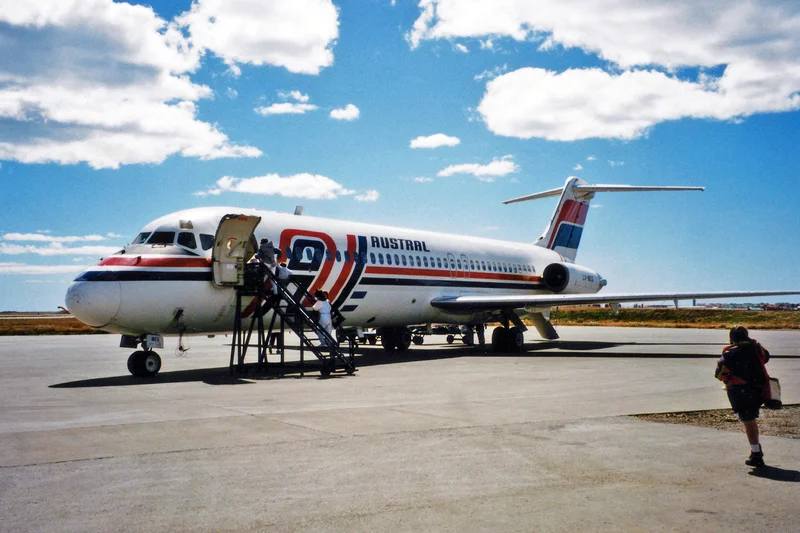
Austral Líneas Aéreas Flight 2553 crashed and exploded in Uruguay, killing all 74 people aboard. The tragedy marked one of the deadliest aviation accidents in South American history.
The crash prompted comprehensive safety reviews across the Latin American aviation industry. The accident highlighted the need for improved air traffic control systems.
Sports and Recreation on October 10
1963 – Roy Cazaly Dies, Australian Football Legend

Roy Cazaly, legendary Australian footballer and coach, passed away. His spectacular high marks and athletic prowess made him one of Australian Rules Football’s greatest icons.
Cazaly’s name became synonymous with excellence in Australian sport through the famous cry “Up There Cazaly!” His legacy continues to inspire Australian athletes today.
1970 – Matthew Pinsent Born, Olympic Rowing Champion

Matthew Pinsent, future Olympic rowing champion, was born in England. He would go on to win four Olympic gold medals and establish himself as one of Britain’s greatest rowers.
Pinsent’s athletic achievements helped elevate rowing’s profile in British sports. His success inspired a new generation of British rowing talent.
1969 – Brett Favre Born, NFL Quarterback Legend

Brett Favre, future NFL quarterback legend, was born in Mississippi. He would become one of the most successful and durable quarterbacks in professional football history.
Favre’s career would span two decades and include three consecutive MVP awards. His gunslinger mentality and iron-man streak made him a fan favorite across America.
Notable Births on October 10
1917 – Thelonious Monk Born, Jazz Piano Innovator

Thelonious Monk, the revolutionary jazz pianist and composer, was born in North Carolina. His unique harmonic approach and angular melodies would transform modern jazz composition.
Monk’s innovative style challenged traditional jazz conventions and influenced countless musicians. His compositions became jazz standards and continue to inspire performers worldwide.
1930 – Harold Pinter Born, Nobel Prize-Winning Playwright
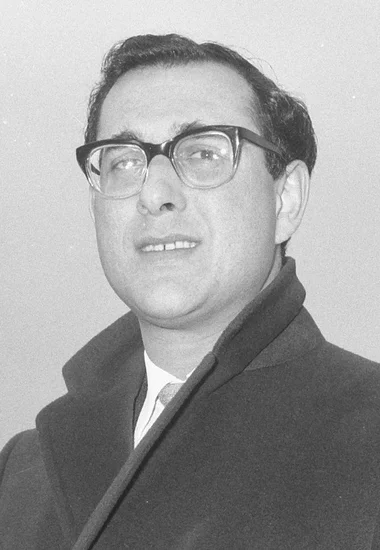
Harold Pinter, future Nobel Prize-winning playwright, was born in London. His distinctive dramatic style would revolutionize modern theater through psychological complexity and linguistic precision.
Pinter’s plays explored themes of power, memory, and human relationships with unprecedented depth. His theatrical innovations earned him recognition as one of the greatest dramatists of the 20th century.
1946 – Ben Vereen Born, Broadway and Television Star
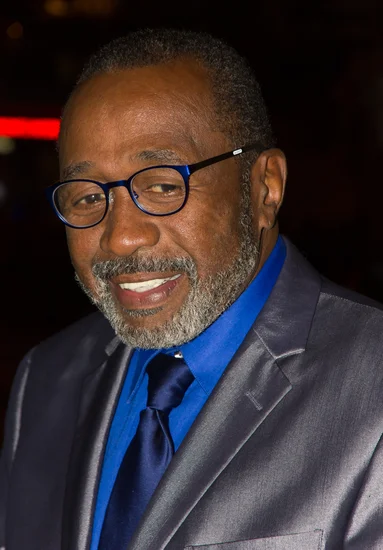
Ben Vereen, future Broadway and television star, was born in Florida. His dynamic performances would make him one of America’s most celebrated entertainers.
Vereen’s versatility as a singer, dancer, and actor brought him success across multiple entertainment mediums. His career would span decades and inspire generations of performers.
1954 – David Lee Roth Born, Rock Music Icon

David Lee Roth, future Van Halen frontman, was born in Indiana. His flamboyant stage presence and powerful vocals would help define hard rock music in the 1980s.
Roth’s energetic performances and charismatic personality made him one of rock’s most recognizable figures. His influence on rock music and stage performance continues today.
1967 – Gavin Newsom Born, California Governor

Gavin Newsom, future Governor of California, was born in San Francisco. His progressive political leadership would make him a prominent figure in American politics.
Newsom’s innovative policy approaches would influence national political discourse. His governorship would address critical issues including climate change and social justice.
1974 – Dale Earnhardt Jr. Born, NASCAR Champion

Dale Earnhardt Jr., future NASCAR champion, was born in North Carolina. He would become one of stock car racing’s most popular and successful drivers.
Earnhardt Jr.’s racing career would honor his father’s legacy while establishing his own championship credentials. His popularity helped expand NASCAR’s national audience.
Notable Deaths on October 10
1963 – Édith Piaf Dies, French Chanson Legend

Édith Piaf, France’s beloved chanson singer, passed away at age 47. Her emotionally powerful voice and tragic life story made her an international icon of French music.
Piaf’s performances of songs like “La Vie en Rose” touched millions of hearts worldwide. Her influence on French popular music and culture remains immeasurable.
1985 – Orson Welles Dies, Cinematic Genius
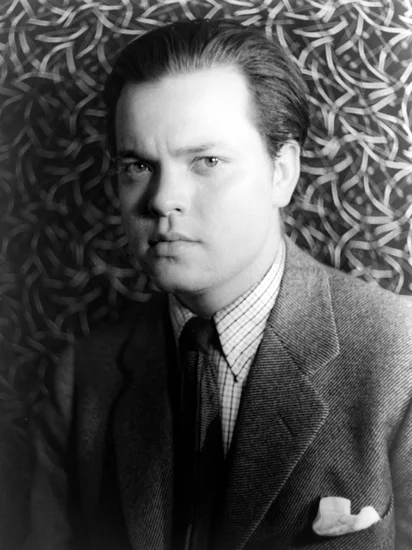
Orson Welles, legendary filmmaker and actor, died at age 70. His groundbreaking work in cinema, including “Citizen Kane,” revolutionized filmmaking techniques and storytelling.
Welles’ innovative use of camera angles, lighting, and narrative structure influenced generations of filmmakers. His artistic vision transformed cinema into a more sophisticated art form.
1985 – Yul Brynner Dies, Stage and Screen Legend

Yul Brynner, iconic stage and screen actor, passed away at age 65. His commanding presence and distinctive bald head made him one of entertainment’s most recognizable figures.
Brynner’s performance as the King of Siam in “The King and I” became legendary in both theater and film. His powerful stage presence set new standards for musical theater performance.
2004 – Christopher Reeve Dies, Superman Actor and Activist

Christopher Reeve, beloved Superman actor and disability rights activist, died at age 52. His courageous advocacy following his paralysis inspired millions worldwide.
Reeve’s transformation from Hollywood hero to real-life champion for spinal cord research demonstrated remarkable personal strength. His foundation continues advancing medical research and supporting disabled individuals.
2010 – Joan Sutherland Dies, Opera Superstar
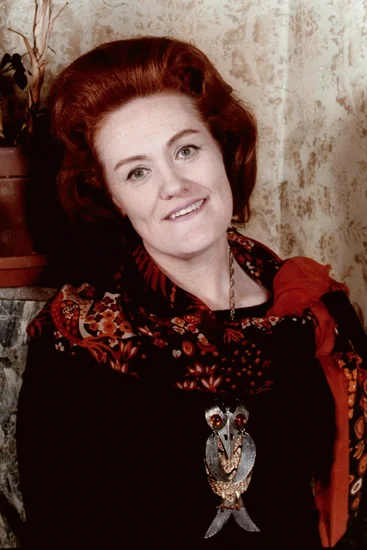
Joan Sutherland, Australian opera soprano, passed away at age 83. Her extraordinary vocal range and technical precision made her one of the greatest opera singers of all time.
Sutherland’s performances in bel canto operas earned her the nickname “La Stupenda.” Her career helped revive interest in 19th-century Italian opera and influenced countless singers.
Holidays and Observances on October 10
Double Ten Day Celebrates Chinese Revolution
Double Ten Day serves as the National Day of the Republic of China, commemorating the Wuchang Uprising of 1911. The holiday celebrates the outbreak of revolution that led to the founding of the Republic of China in 1912.
The observance honors the democratic ideals and constitutional government established after the fall of imperial rule. Celebrations include parades, cultural performances, and patriotic ceremonies.
Fiji Day Commemorates Independence Achievement
Fiji Day celebrates the Pacific nation’s independence from the United Kingdom in 1970. The holiday marks the end of colonial rule and the beginning of Fiji’s sovereign nationhood.
Traditional ceremonies, cultural festivals, and community gatherings mark this important national celebration. The day reinforces Fijian identity and celebrates the nation’s cultural diversity.
World Mental Health Day Promotes Awareness

World Mental Health Day raises global awareness about mental health issues and promotes mental wellness. The observance encourages open dialogue about mental health challenges and available resources.
Educational campaigns, community events, and advocacy initiatives mark this important health awareness day. The observance helps reduce stigma and promotes mental health support services worldwide.
World Day Against the Death Penalty Advocates Abolition
World Day Against the Death Penalty advocates for the global abolition of capital punishment. The observance promotes human rights and encourages criminal justice reform worldwide.
Human rights organizations, legal advocates, and activists coordinate global campaigns against the death penalty. The day highlights the importance of human dignity and justice system reform.
